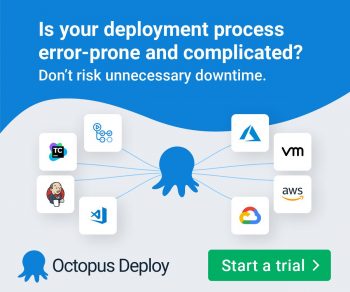As technology becomes increasingly intertwined in the inner working of our personal and professional lives, it is of paramount importance that we as organizations, individuals, and workers gain the ability to leverage digital literacy and technology in order to remain relevant during the forever changing times. Everyone must understand that digital literacy no longer refers to one’s ability to use software or operate a digital device. Today, Digital Literacy rather describes the skills, knowledge, and understanding that individuals and organizations need in order to thrive in a digital economy.
On an individual level, digital literacy refers to the knowledge, experiences, skills, and confidence which positions someone to live, learn, and work in a digital society.
On an organizational level, we must look beyond the current capabilities and consider which skills will be required in the future and the extent our workforce, culture, and processes will enable the transition.
During the fourth industrial revolution and beyond, organizations and workers alike, have the option to either adapt to the times or become irrelevant. Currently, an enterprise’s ability to thrive in a digital environment is becoming increasingly dependent on their ability to understand technological lifecycles, plan accurate scenarios, promote new hard and soft skills, and generate post traumatic growth. Again and again it’s demonstrated that those with an ability to handle crisis and disruption thrive, while those who optimize for stability struggle. For this reason, CIOs and other successful business leaders have been transforming from a traditional to modern mindset partially because they understand that the ability to accurately hypothesize scenarios requires a unique mindset capable of recognizing how an inclination affects the growth trajectory of an organization while understanding how their assumptions are molded by the trajectories, trends, and beliefs formed by the vision of those who know nothing about your organization. Unfortunately, this ability is not enough, CIOs must understand that their organizations agility is dependent on their workforce and their digital literacy— i.e. confidence around technology, skills, willingness to learn, etc. While there are numerous factors aiding the switch towards increased digital literacy, there are just as many hindering the switch. For instance, the introduction of digital natives into the workforce, CIOs adopting a digital rather than traditional mindset, and the exponential growth rate of technology are major factors, however, currently the greatest factor forcing transformation is COVID-19 and its vast impacts on the world. On the other hand, workers with a lack of desire to learn new skills, individuals spreading misinformation about technology and its impact on current processes, and organizations not providing the modern training/tools workers want and need are a few of the most impactful factors hindering an organization’s ability to switch towards a more digital literate workforce.
Regardless of your industry, geographical location, or sector there is no avoiding advancements in technology, therefore, in the most basic sense, there are three potential scenarios an organization is facing. They will either become a digital leader and thrive in a digital economy, adapt enough to survive, or struggle until the point of bankruptcy or
change. The determination of their potential future can be identified by evaluating the level of digital literacy within the organization against the appetite for change within the organization.
Potential Scenarios
The Thriver: The organization is thriving and experiencing growth as a result of a strong digital culture where workers are extremely digitally literate. The culture within this organization will be one of curiosity and open collaboration between departments. By ensuring all employees have the physical tools as well as the training, skills and confidence necessary to perform their job with optimal efficiency, not only will staff be put in a position for success, but their growth mindset will begin to generate new strategic and financial opportunities.
The Survivor: The organization has made minor advancements in their strategy. However, these changes are sometimes out of necessity rather than a desire for growth or a result of successes from small initiatives. In this state, the firm will likely not be gaining / losing any market share. Regardless, the introduction of new organizations with a more modern mentality, has the potential for major negative effects.
The Grave Digger: The organization fails because they cannot establish a strong presence of digital literate staff and refuses to modernize their processes, technologies, and strategies. Through minimal investments in the personal, professional, and technical growth of employees, many top digital leaders will become motivated to leave. Additionally, the procurement of new—qualified—talent to fill their positions will be increasingly difficult. There are generally two outcomes for this situation, either the company is sold out of desperation or spirals towards bankrupt.
When it comes to designing a strategy aimed at becoming a thriver rather than the survivor, grave digger, or any other category, the process starts with the CIO analyzing their current internal and external environments in order to devise a vision of the future. Keep in mind, when it comes to continued success, it’s not of the utmost importance if one is initially classified as a Thriver, a Survivor, or a Talker. What matters is that you cannot become content with what you have, but rather continuously strive for improvement. It is like Edwin Louis Cole once said “You don’t drown by falling in water, you drown by staying there”.
Next, the CIO must devise a strategy which leverages initiatives that will have a positive impact. Unfortunately, with no universal golden ticket for success or to achieve a high level of digital literacy, the CIO must have a truthful and thorough understanding of the present. Without it they will not be able to accurately predict the future or select the right initiatives along the way. Therefore, the specific combination of programs, initiatives, and investments necessary for a successful digital transformation is unique to

Source: Morgan, 2020
Digital Literacy Growth Enablement Venn diagram












